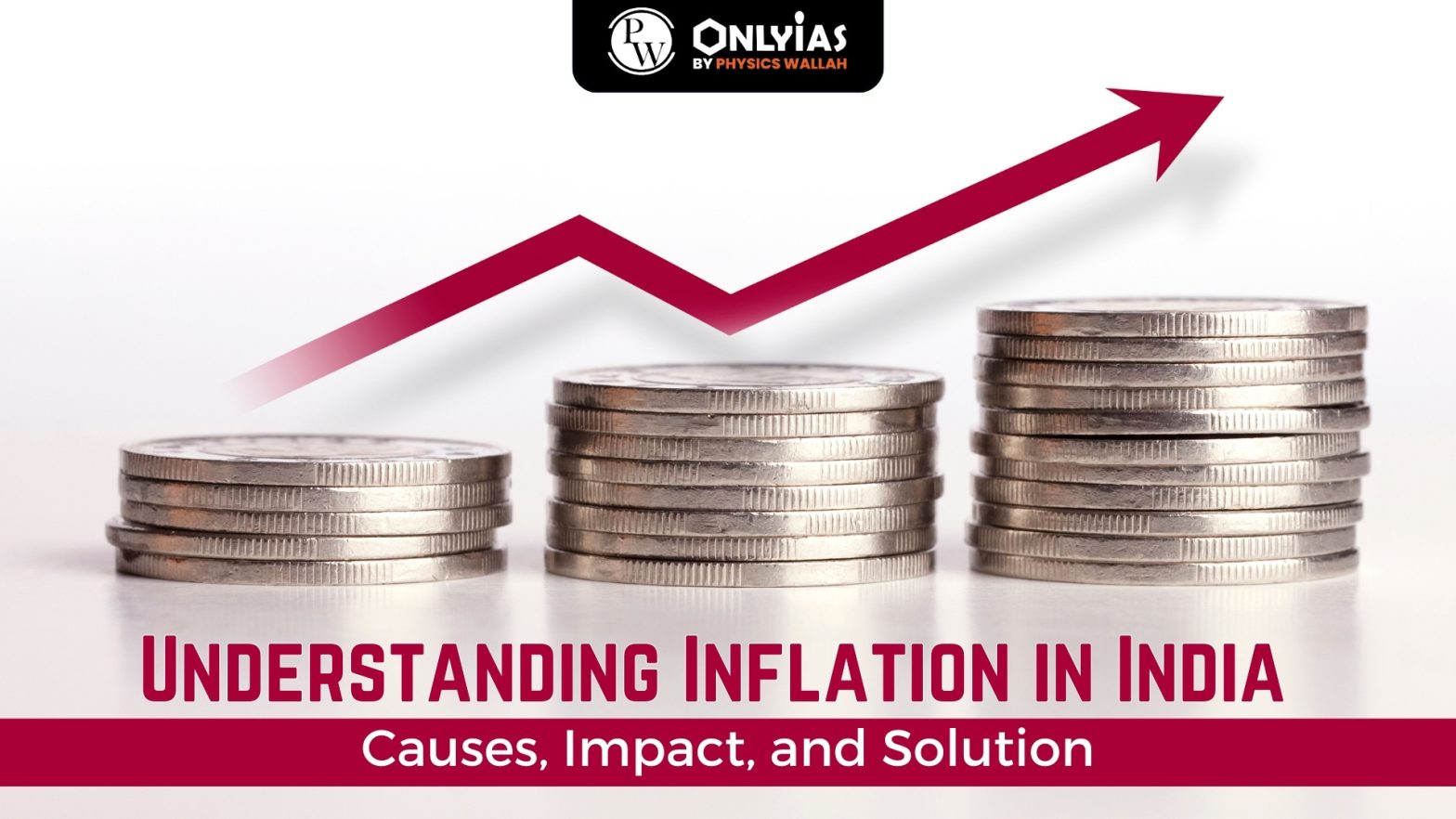Understanding Inflation in India: Measurement, Causes, Impacts & Solutions. Learn about CPI, core inflation, and policy measures to control inflation.


| Parameters | CPI | WPI |
| Base Year |
|
|
| Scope |
|
|
| Released by |
|
|
| Major components |
|
|
| Purpose |
|
|
| Uses |
|
|
| Relevance |
|
|
A moderate amount of inflation in India is generally considered to be a sign of a healthy economy because as the economy grows, demand for stuff increases. However persistent high inflation can have many negative consequences like the following:
| Must Read | |
| NCERT Notes For UPSC | UPSC Daily Current Affairs |
| UPSC Blogs | UPSC Daily Editorials |
| Daily Current Affairs Quiz | Daily Main Answer Writing |
| UPSC Mains Previous Year Papers | UPSC Test Series 2024 |
Urijit Panel Committee
Consumer Price Index
It attempts to remove the volatile, transitory movements from the CPI
They better encapsulate the demand side pressures in the economy; monetary policy cannot control food or fuel inflation in India.

<div class="new-fform">
</div>